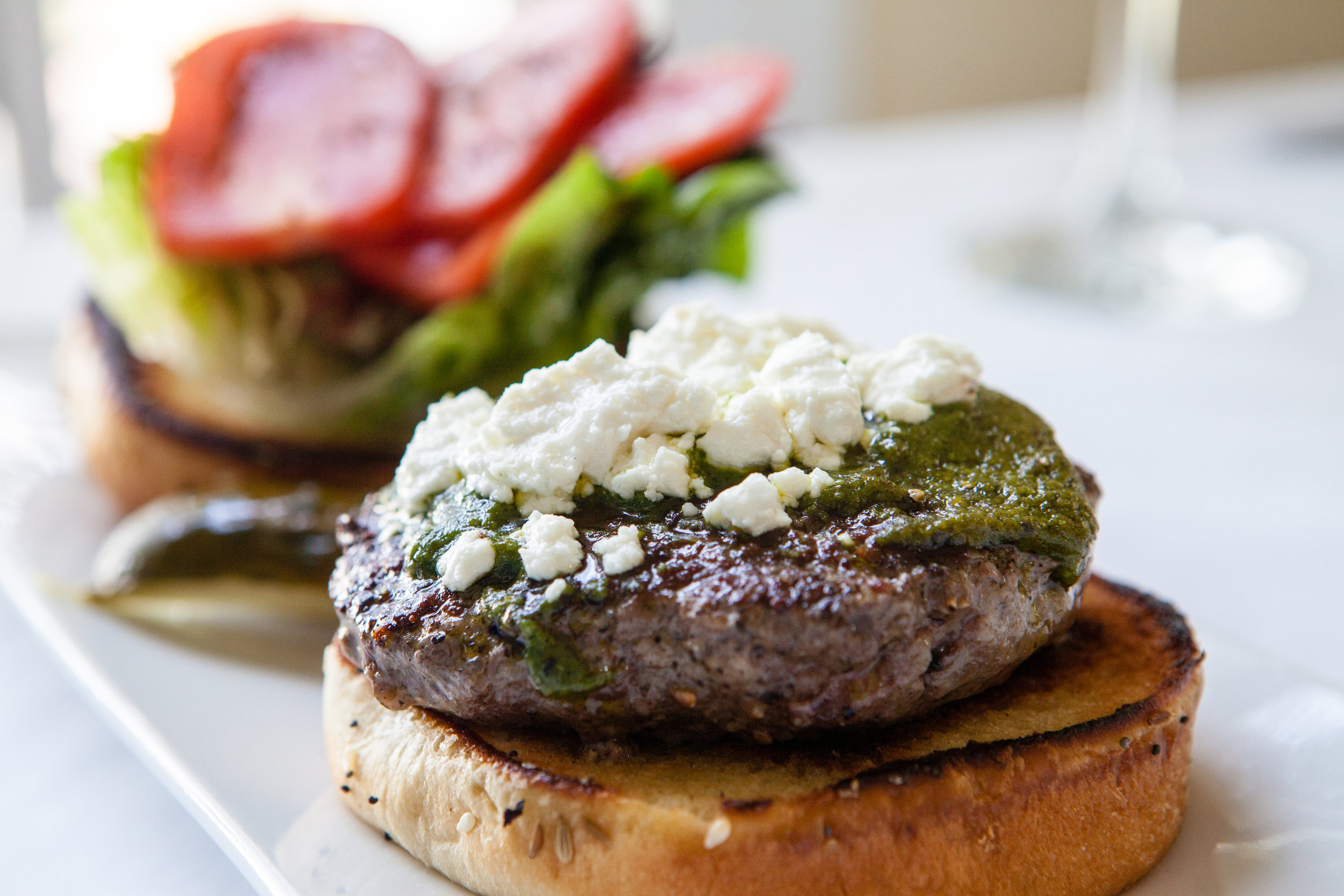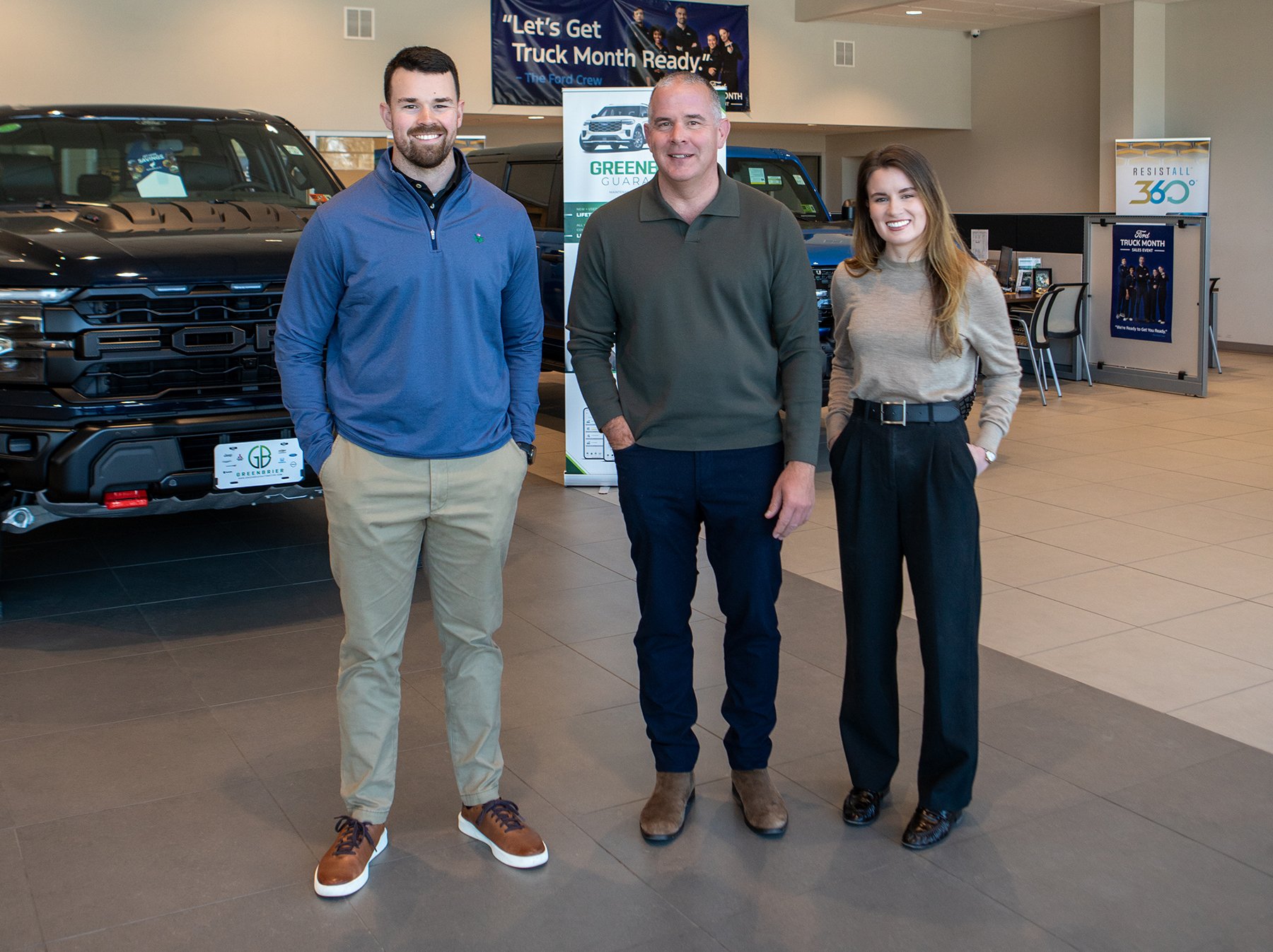Greenbrier Valley Grown

By Jake Maynard
Imagine, for a minute, that you’re sitting down to dinner for two at a fine local restaurant. A beautiful and special person is sitting across from you smiling. A candle illuminates their beautiful face. Under the table, your feet are touching. You’re both very hungry. You know, of course, that the best and freshest foods are often locally-produced. So you scan the menu for local options. But it’s hard. The menu doesn’t label the local foods and the waitress cannot remember if the pork is from Windy Mountain Farm or Mountain View Farm or Mountain Acres Homestead. And no, the waitress cannot show you the farm on a local map. Your date becomes embarrassed as you question the waitress. Frustrated, your date orders a salad containing about as many vitamins as the box in which it was shipped cross-country. You order the pork and try not to imagine that it was raised on a farm so industrial that it brings to mind any number of dystopian sci-fi movies. Your night is not off to a good start.
Now picture this: the menu at that same local establishment features an insignia for each local item. Everything grown, raised, or made nearby is labeled, “Greenbrier Valley Grown.” It’s easy to find the local food options. The waitress is relieved. You are ecstatic; you order something fresh and local. The special person across the table remembers what they like about you: you try new things; you savor the good things in life; you care about the community and your health. Your special person is already thinking past dinner. Drinks and dancing maybe? The candle flickers. Your feet are still touching. The food arrives. It is delicious.
And somewhere outside of town, past the shops and the restaurants and out into the green rolling hills, a farmer enters their house after a day in the dirt. A dog is asleep on the porch. The screen door clacks behind them as they enter. They wash the soil from their hands and sit down to dinner with their special person. Their farm has been doing better lately; they’re paid more for crops when they sell nearby. Downtown stores and restaurants are carrying their products. They have a new website, new promotional photos. It is easy for customers to find them. Things are looking up.
Okay, maybe that was a little too romantic. But that scene is at the heart of what the folks behind Greenbrier Valley Grown are working towards. It is simple, really—a certification and a logo that lets people know that what they’re buying is truly local. A project that connects local farmers with nearby retailers and other buyers. But before I explain, we should start with the acronyms: Greenbrier Valley Grown (GVG) is an initiative of the Greenbrier Valley Local Foods Initiative (GVLFI) which is itself an initiative of the Greenbrier Valley Economic Development Corporation (GVEDC). Assisting with GVG are the Greenbrier Valley Convention and Visitors Bureau (GVCVB) and the West Virginia Development Office (WVDO). Phew.
The plan for Greenbrier Valley Grown emerged two years ago from a desire to promote local food business while developing a brand for the area and its food heritage. “The Greenbrier Valley has a rich agricultural tradition that has remained strong unlike many other farming communities in the U.S.” said Annie Stroud of Downstream Strategies, the firm that was hired to conduct much of the branding research before GVG was launched. “Greenbrier Valley Grown tries to celebrate that tradition while moving forward in our new economy.” (Full disclosure: Annie Stroud is my sweetheart.) In the marketing world, a certification like GVG is called Place-Based Branding. Place-based branding and certifications have become popular in the last few years. But Greenbrier Valley Grown isn’t trying to cash in on a hip trend. So when the Local Foods Initiative (GVLFI) went searching for inspiration, they went to one of the oldest and most successful certifying programs in the country—Appalachian Grown, based in Northwestern North Carolina. Twenty years ago, as the last of the Carolina tobacco industry faded away, farmers, retailers, and local development organizations came together to build a brand for the agricultural products grown in their corner of the Blue Ridge Mountains. Two decades later the program has flowered. There are almost two-hundred participating businesses. Appalachian Grown products can be found in regional restaurants and bakeries, grocers and gourmet shops, bed and breakfasts, and even in schools.
GVLFI hopes that Greenbrier Valley Grown will grow in the same sustainable way. The local farmers were, of course, skeptical at first. But as they became aware of the program’s merits, more producers began signing on. In April, when I first met with GVLFI Director Quincy Gray McMichael, she told me that just fewer than twenty farmers, five restaurants, and two retail shops had signed up. “They hear that it’s working, then they become interested in signing on,” she said during that first meeting. And she must be right. Just last week, the folks at GVG let me know that two more restaurants, two additional stores, and a handful of new farmers have joined GVG this season.
Now pretend, if you will, that you’re planning a summer party. Let’s call it a barbecue. Your special person is inviting their coworkers and friends. And for your barbecue, you want to eat local. But finding all of this local food is hard. So you google something like, “Farms in Southeastern West Virginia.” The search results are vast, too vast. So you spend hours there at your computer, lost in the huge darkness of the internet, searching hopelessly for the best nearby spare ribs while the summer sun streaks in from outside.
Greenbrier Valley Grown has a solution for this, too. Local food needs a local website, so they built one—www.greenbriervalleygrown.org. The website features an index of all the GVG-certified farms, restaurants, and retail shops. So without much effort, you can find everything you need—pork, salad greens, mustard, whatever. The website goes further in connecting producers and buyers, too. Through their blog, The Grange, GVG provides insight into the lives of their participating farmers and businesses. It works like this: each week GVG staff visits a local farm or business, interviews the owner, and takes some great photos. The interviews and photos are then turned into a blog post at The Grange. Meanwhile, the featured farmer is given free, unfettered access to the photos and other promotional material. Some then use it in conjunction with their own business’s website or social media. Yep, believe it or not, your neighborhood farm might be on Facebook.
On her farm at the base of Peter’s Mountain in Monroe County, Jill Young grows greens, veggies, berries, culinary herbs, even mushrooms. As a farmer, she tries to take advantage of whatever resources are available locally: clean water, abundant sunshine, and an increasing market for super-fresh produce. “As a producer, I respond to what my customers tell me.” She recently told me. “My customers tell me that where their food comes from is important to them. The GVG label reassures them that their food is grown in the Greenbrier Valley.” GVG has also helped Jill’s business by connecting her with another GVG member, Stardust Café in downtown Lewisburg. Stardust needed a year-round supply of fresh greens; Jill Young needed another steady customer. “When Stardust’s customers see the GVG logo, they know that the food is from the surrounding valley.” Jill said. “And, both of our businesses grow.”
The interactions between Jill and Stardust Café exemplify GVG’s mission. “There are two halves to this,” Quincy said to me as she first explained GVG’s goals. “The first half is making it easier for consumers to find local food. The other half is to help grow the local food economy of the Greenbrier Valley.” But there’s something more to all of this—the blog, the index, the certification, the connections. All of this works towards something bigger. It works towards something bigger than your barbecue, something bigger even than a farmer making a few extra bucks on each pork roast. There’s a grander, more amorphous idea here; something holistic about community and economy and health. It’s hard to articulate, but Quincy said it well when I first arrived to interview her: “Our goal is to feed our neighbors.”




